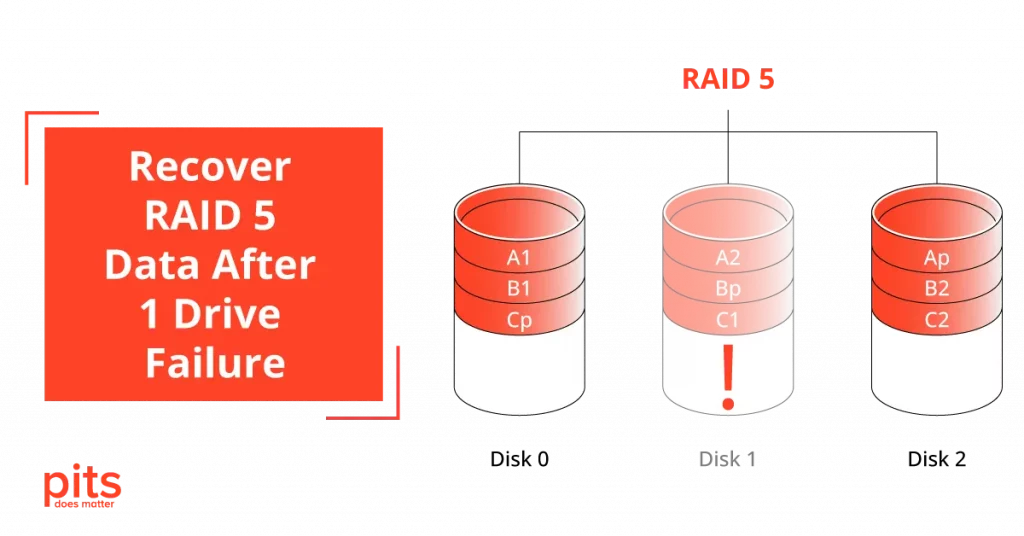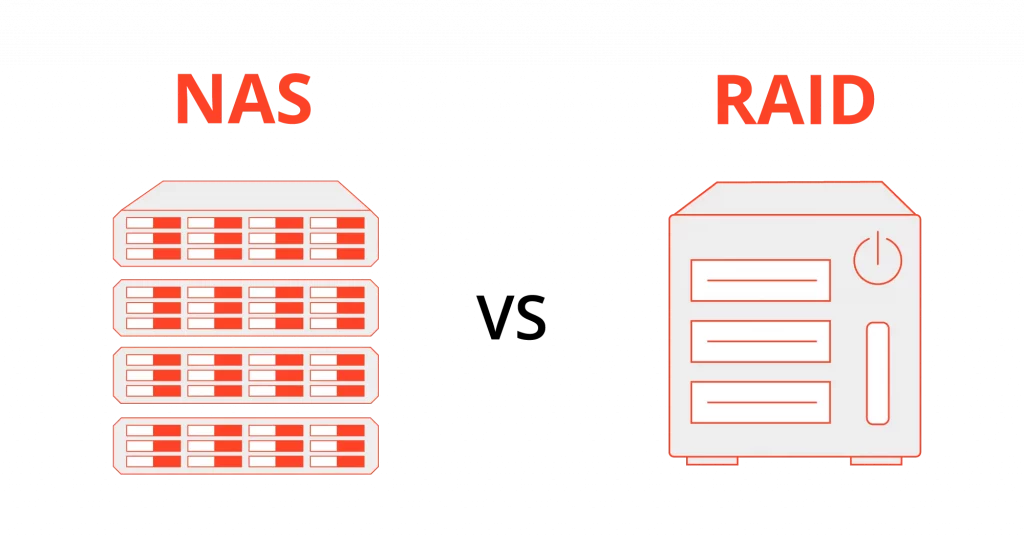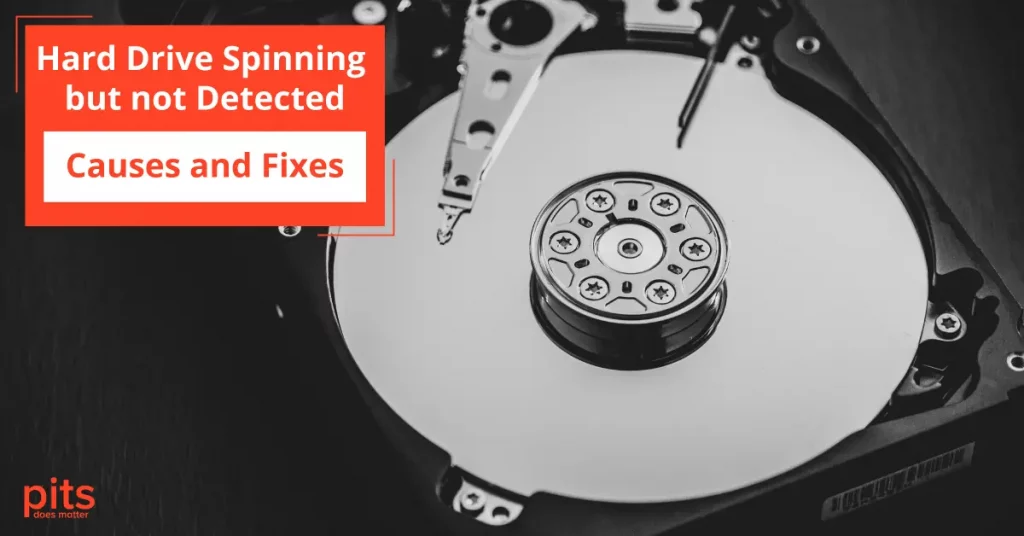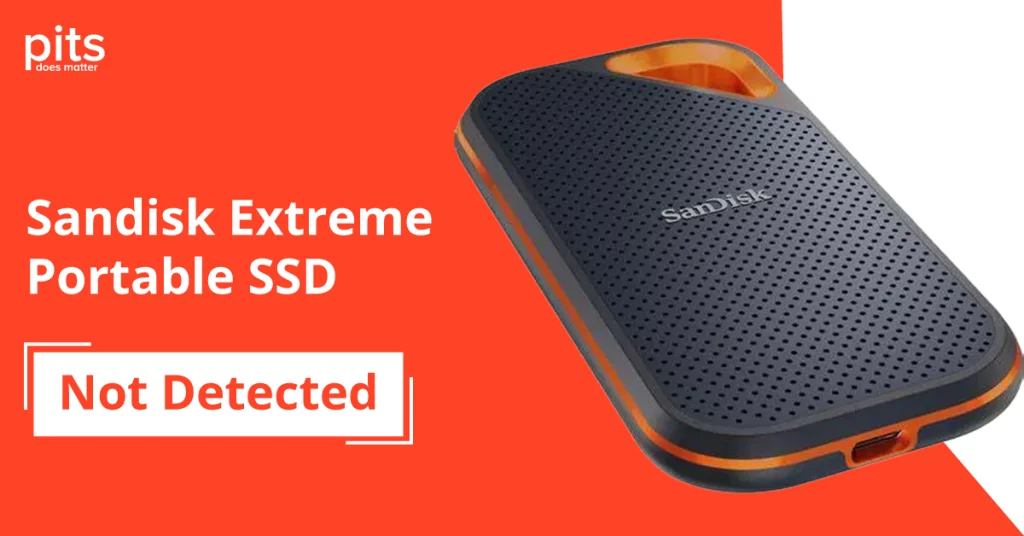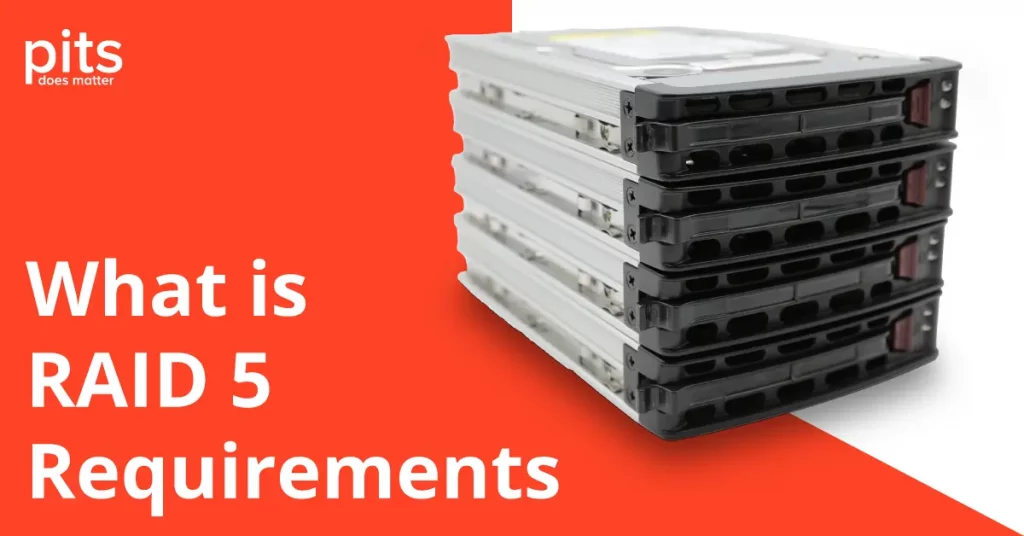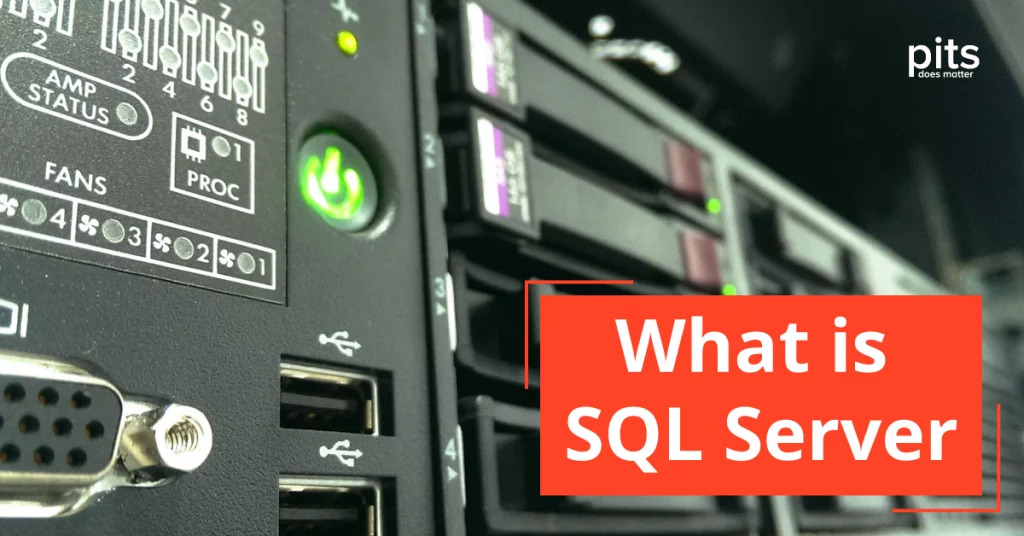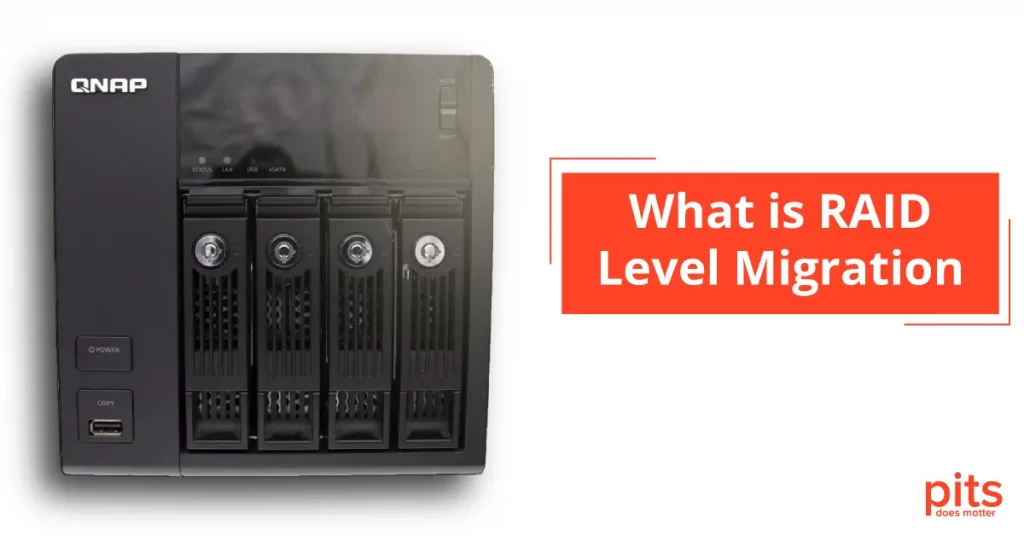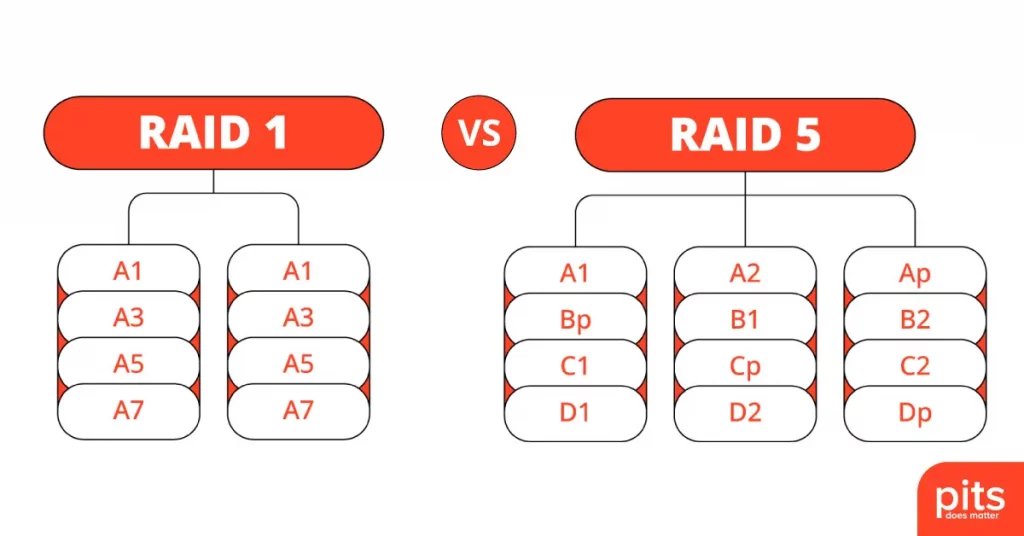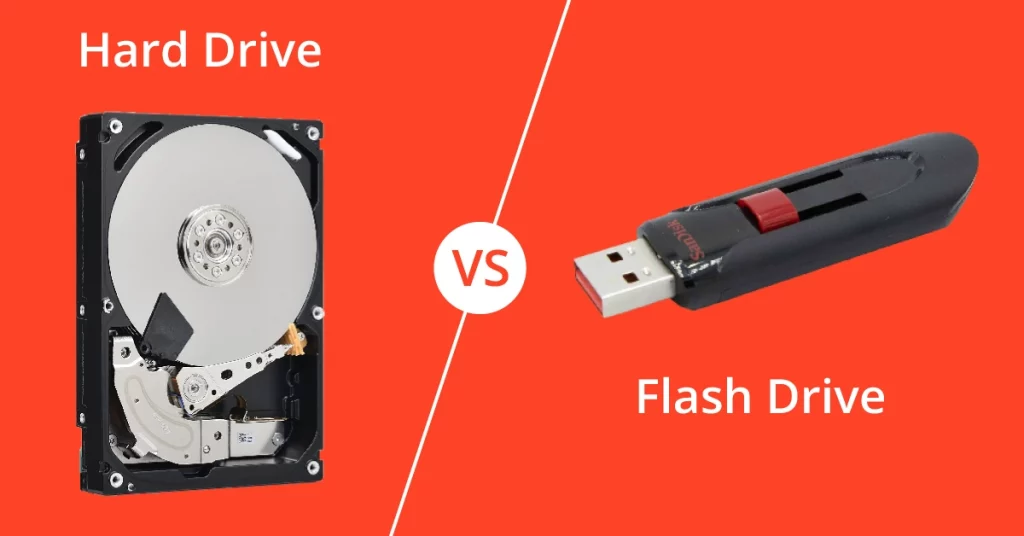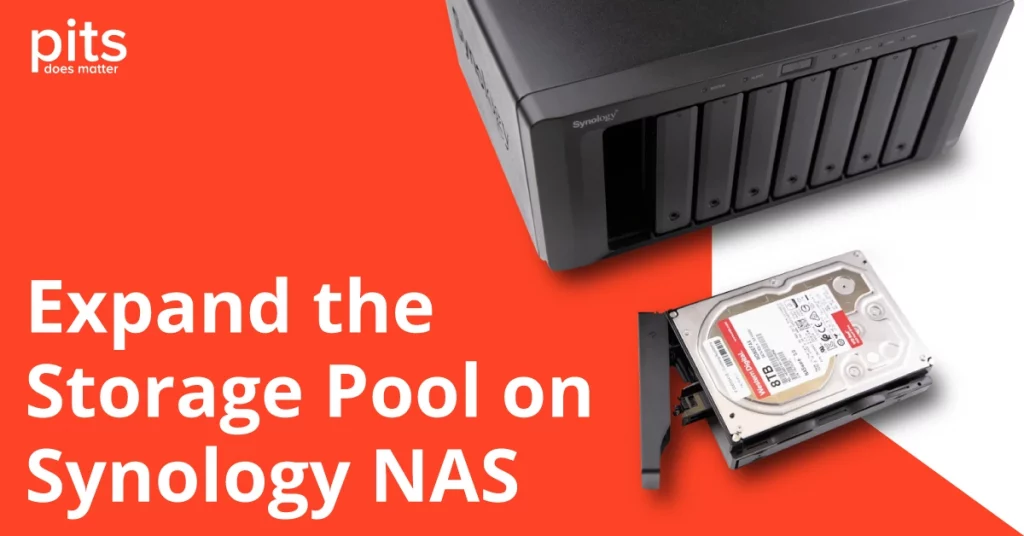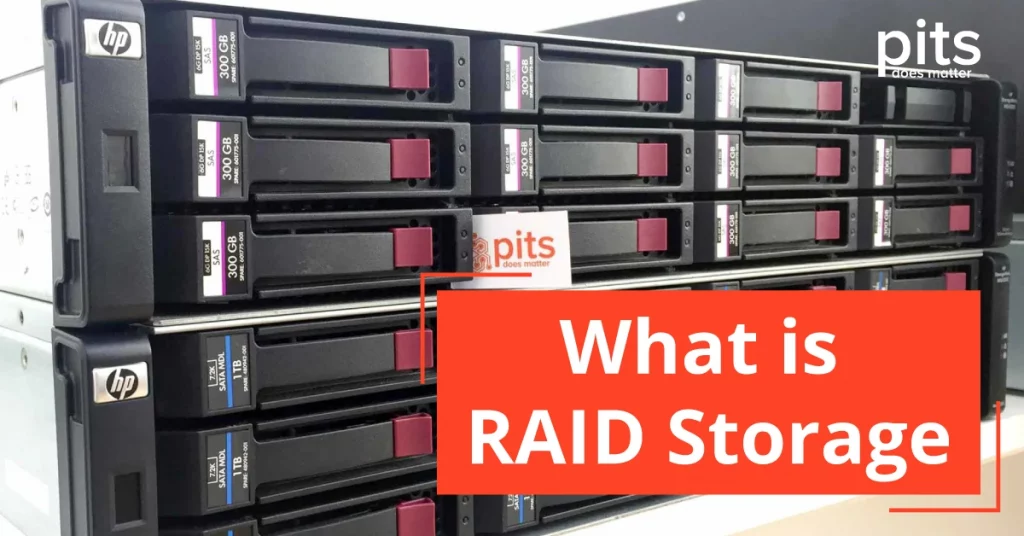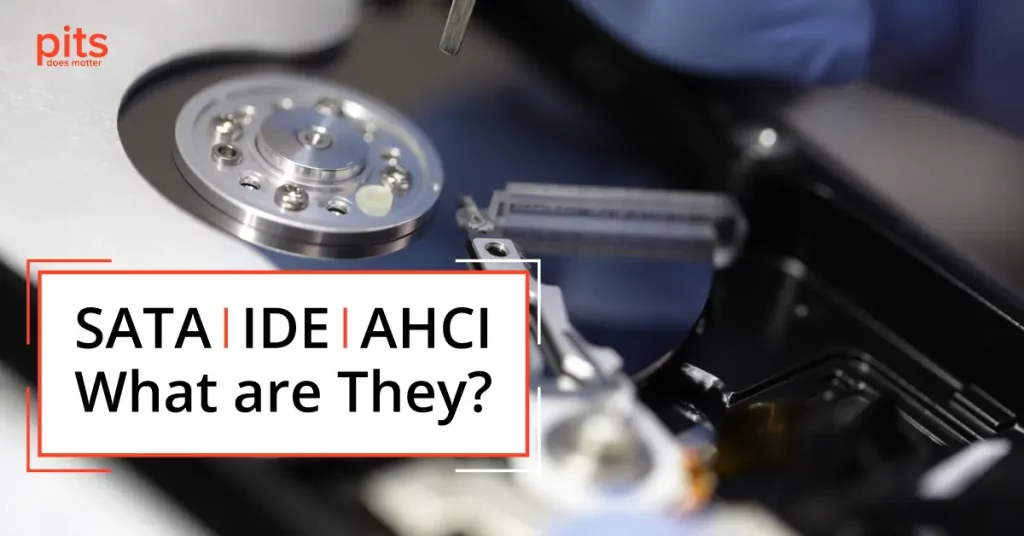Rebuild RAID 5 with 1 Failed Drive is a task that necessitates precision and understanding of the RAID architecture. RAID 5, a redundancy technology, safeguards
NAS vs. RAID are storage technologies but serve different purposes within a data management strategy. NAS is a device connected to a network that allows
Hard drive spinning but not detected is a common issue experienced by many users, and several factors can cause it. Hardware problems, such as faulty
SanDisk Extreme Portable SSD not detected – a common issue that Mac and Windows users often face. This reliable and compact storage device sometimes fails
What is RAID 5 Requirements? RAID 5 requirements are essential for anyone dealing with data storage and protection. RAID 5, or Redundant Array of Inexpensive
SQL Server is a relational model-based database management system. These software applications, known as client-server applications, can be executed on the same computer or different
RAID Level Migration is a critical process that can significantly enhance your data storage strategy. But first, let’s take a step back. RAID, or Redundant
RAID 1 vs RAID 5 are two distinct levels within the RAID technology range, each offering unique advantages and disadvantages. The selection between RAID 1
Flash Drive vs Hard Drive encapsulates the ongoing debate between the portability and speed of flash drives and the superior storage capacity and longevity of
On Synology, adding a drive to expand storage capacity can significantly enhance your data management capabilities. Whether you are a small business owner striving to
What is RAID Storage? RAID Storage, an acronym for Redundant Array of Independent Disks, stores the same data in multiple places on multiple hard disks.
SATA, IDE, and AHCI are three interfaces that link storage devices to a computer’s motherboard, like hard drives and solid-state drives (SSDs). These interfaces govern
